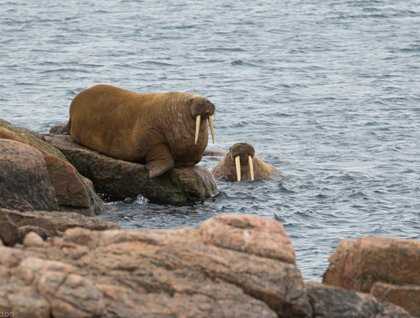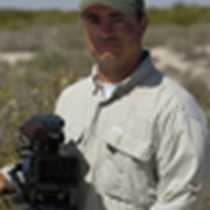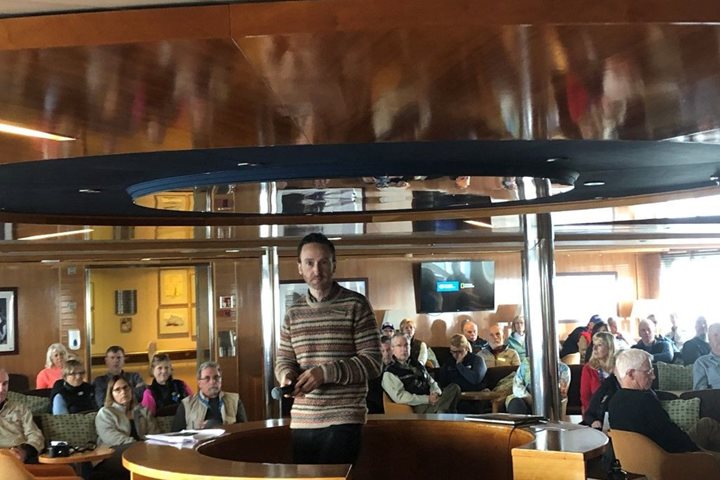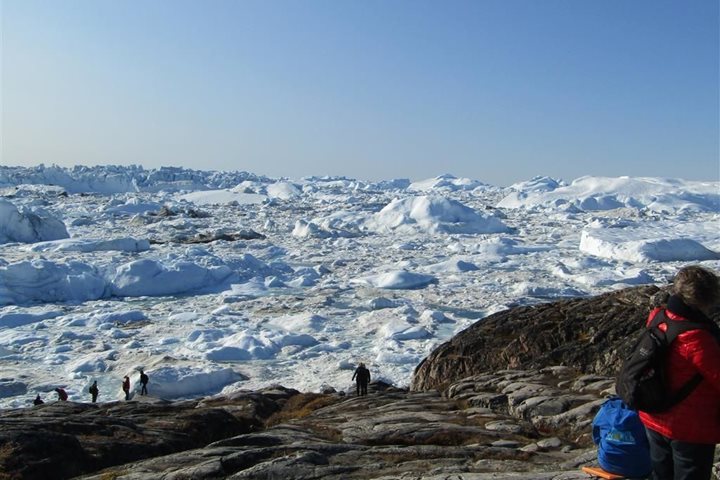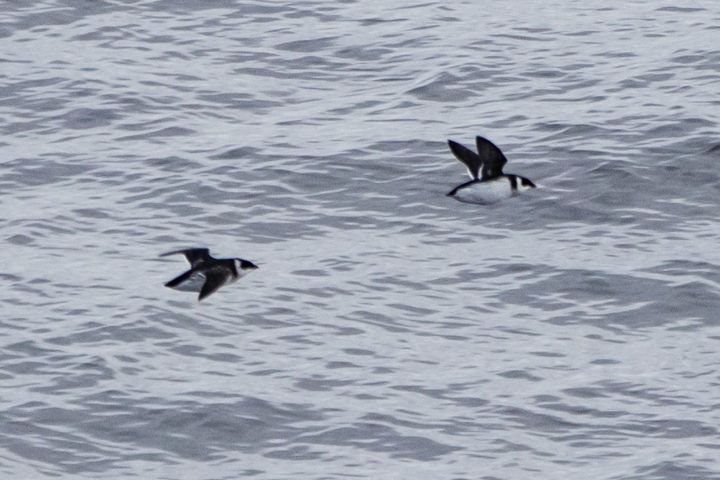This morning we awoke off the southeast shore of Devon Island. Dropping anchor in Queen’s Harbor we donned our boots and layers and set out on what would be our last adventure in the Canadian Arctic.
Zodiac cruisers explored the shores of Philpots Island and were rewarded with the sight of walrus both in and out of the water. On land hikers found a treasure trove of arctic plants and evidence of muskox in the form of scat and fur. Hiking up and over from the landing we got a great visual on the walrus and learned about the adjacent North Water Polynya that has helped to sustain both animals and people for eons bygone. The largest polynya in the Arctic, this is an opening in the ice created by winds and tides that creates somewhat of an arctic oasis for seals, walrus, bowheads, narwhal, and belugas to feed in the winter. Named “North Water” by 19th century whalers who relied on it for spring passage, it was a popular area not only for the whalers seeking the bounty of the bowhead but the native Dorset, Thule, and Inuit who have lived in this part of the Eastern Arctic. Dr. E.P Philpots and the crew of the whaling ship Queen spent the winter of 1865 in Queen’s Harbor seeking such cetaceans and the promise of blubber and baleen.
As we explored the tundra we could see a muskox in the distance while red-throated loons occupying the small ponds called their primordial call and flew overhead. Glaciers spilling off the 5,000 square mile Devon ice cap provided the quintessential backdrop to our last outing here at latitude 75 North.

